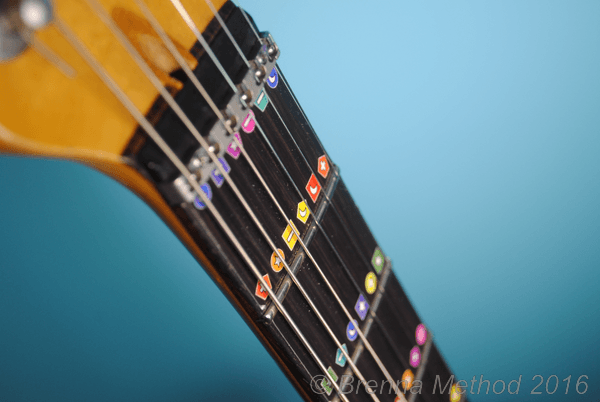So you’re new to guitar, or you’ve been playing awhile and want to improve your technique, or apply music theory to break out of your current confines, or become a more expressive soloist, or a better rhythm guitarist. One of the most valuable steps you can take is to find others to play with, and have at least one weekly jam session. Without exception I’ve found that my students who are playing with others in addition to practicing at home progress at 2 or 3 times the rate of those who mainly practice alone.
Reasons to Jam
There are many reasons. Practicing alone often means practicing without context. Live music is dynamic and fluid, it’s a river running, sometimes quiet and serene, sometimes racing in rapids. The practice that you do at home is to prepare you to jump in and ride the water. It’s careful and controlled. You put on the metronome and practice finding the groove while playing rhythm guitar. You practice scales and then use them to make melodies over a loop. You copy a lead or rhythm part from one of your favorite songs and practice it along with an mp3. You practice a tricky passage slowly and carefully to produce the best possible tone and timing. These are skillful ways to develop your abilities and sharpen your abilities.
But when you play with others, something else happens. The predictability of your carefully structured practice vanishes. Your partner starts a song at a faster tempo than you are used to playing. or she plays in a key that is unfamiliar to you. She’s not going to stop and start over when you falter, so you have to somehow find your place and jump back in. These are valuable experiences that raise the bar and require you to react quickly and maintain poise.
The Energy of Interaction
The energy of interaction is missing from solo practice. Metronomes and loops can’t hear what you’re playing, react, and give you subtle clues to deepen your groove, but your playing partner can. His solo is a response to the groove you throw down, and in turn you lock in to the rhythms of his solo. You’re dancing with a partner and you never know just how he is going to move next, so your senses are open, and you respond. Your carefully memorized licks may work, or they may not. Either way something new emerges, something that comes from applying the skills you’ve honed in practice to the energy and activity of this moment.
Postive Exposure
Practice at home is developing your skills and gaining new tools. When you play with others, at first you may not even be able to use these tools. You may feel awkward and self-conscious. But in time you’ll find your footing and be surprised by the music that emerges. Playing with others exposes both your strengths and weaknesses, offering a guide to further development, and feeding your desire to progress. When things go right in your jam session, it feels so good you can’t wait to go home and practice more. When things go wrong your limits are exposed, and then you know exactly what to work on in the practice room in order to break thru them.
Motivation
Playing with others provides is a great motivator and provides an essential balance to practicing alone (update: see my post about balancing your practice). It may be the reason you wanted to learn to play music in the first place. So don’t wait – talk to your friends, your co-workers, scan the ads on Craigslist or place one yourself, put a sign on community bulletin boards, go to a jam sessions at club s. However you do it, find someone to play with. If you’ve learned a few chords and can hold down a rhythm, you are ready, so get out there and jam!
© 2008 Brenna Method

